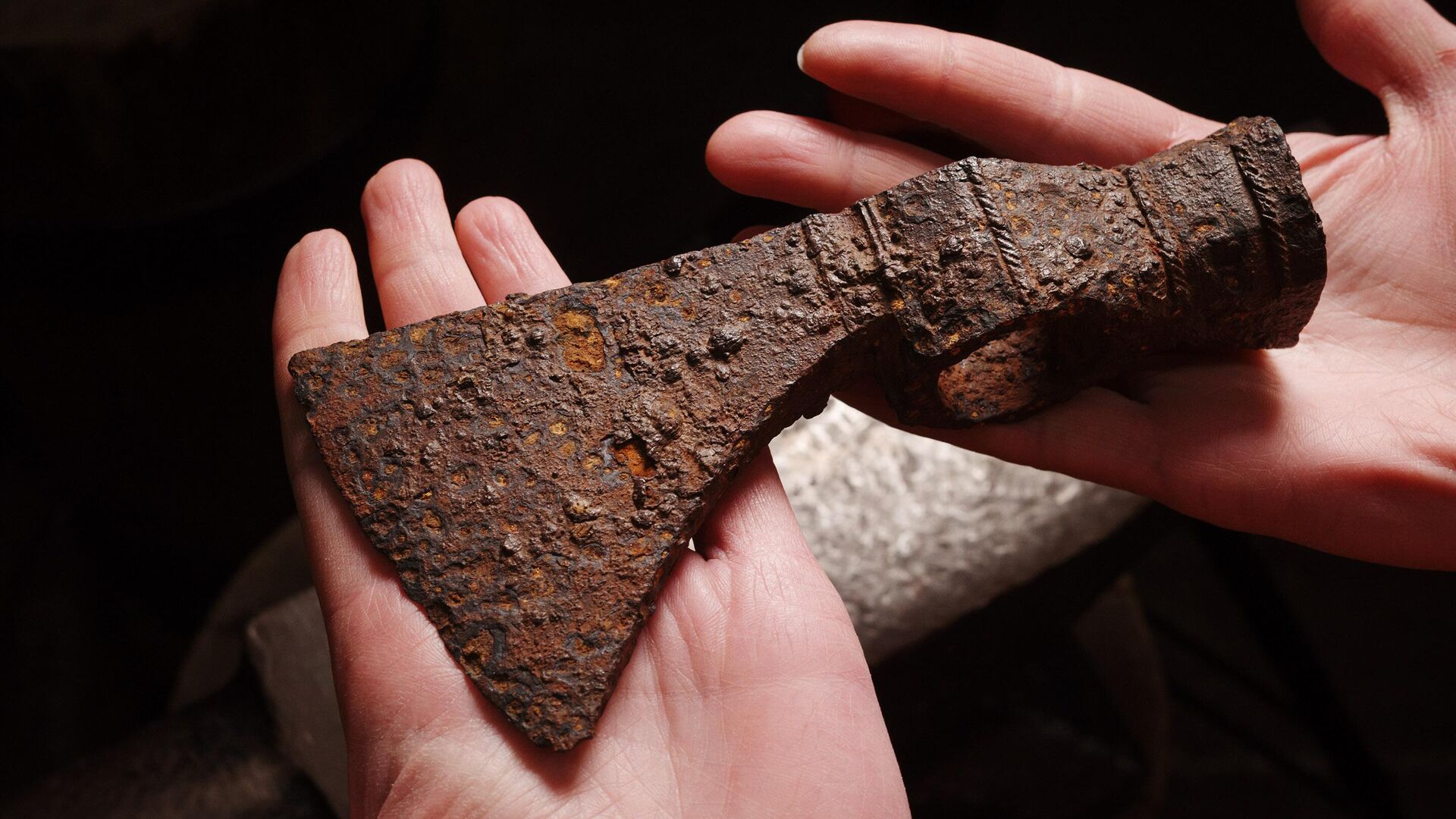
MOSCOW, December 6 A unique weapon from the era of the Time of Troubles, a hammered hatchet, was discovered in Tula by members of the expedition “Memory Watch. Tula Frontier”. As noted by the press service of the Kulikovo Field State Museum-Reserve, where the find was transferred, this is the first time such an artifact has been found in Russia.
According to experts, the found hatchet is distinguished by a beveled blade with a lower edge pulled down. The eyelet and butt in profile are designed in the form of a single powerful block.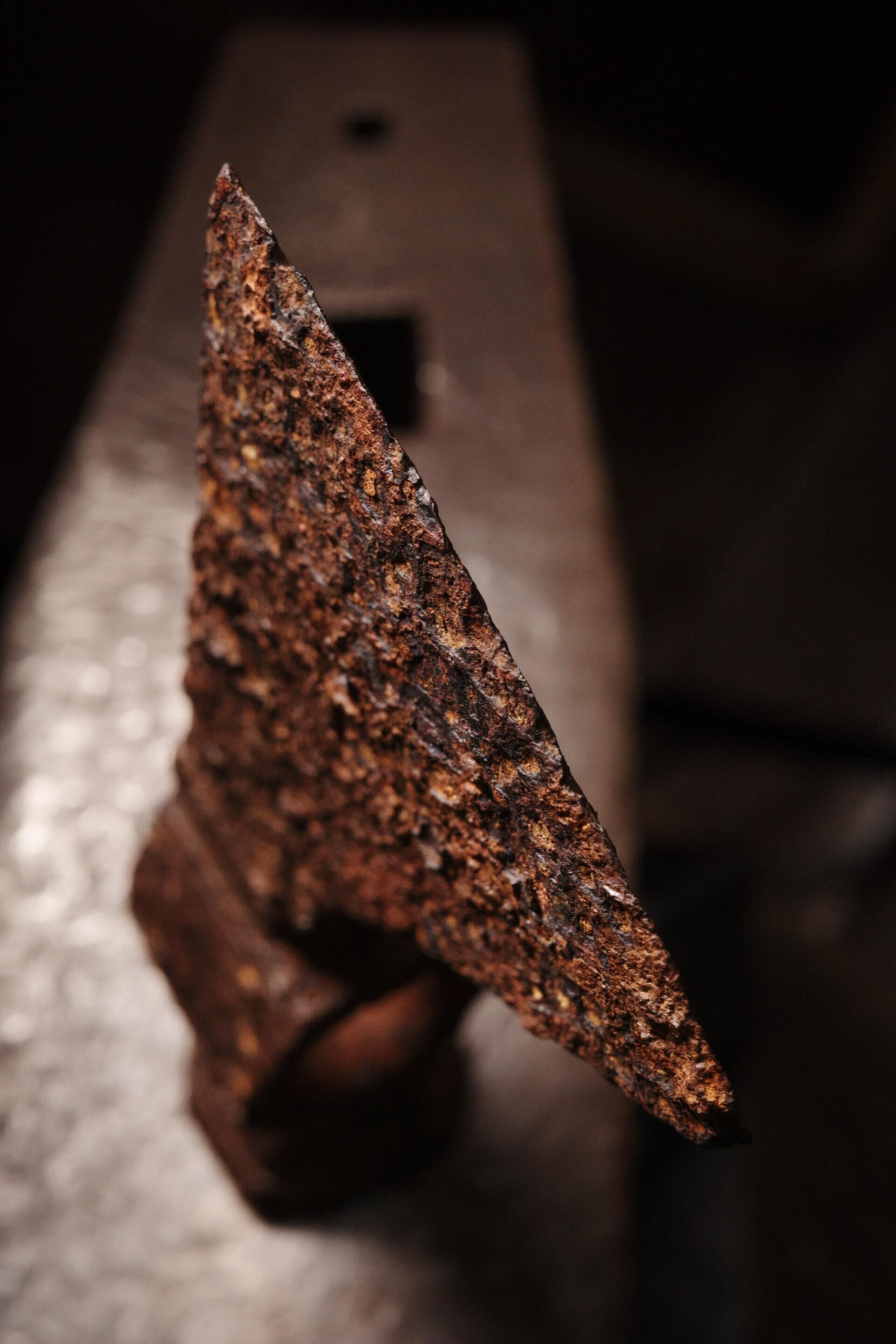
«
“A similar form arose in South-Eastern Europe and became widespread in Turkey, Turkish possessions in the Balkans — in the territories of modern Serbia, Romania, Hungary,” said the head of the military history sector of the Kulikovo Field state museum-reserve. Yuri Kuleshov.
He added that hatchets of a similar shape were widely borrowed among the outlying Cossacks, especially during the 17th century. But on the territory of the Russian kingdom, these weapons did not become widespread. In the collections of Russian museums, single specimens are known, but among the archaeological material, previously in Russia, hammered hatchets were not noted.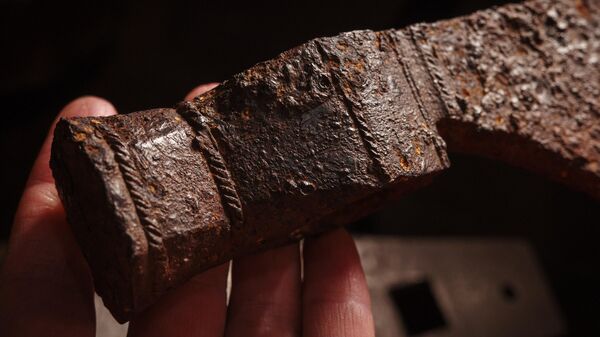 < br />
< br />
1 of 3
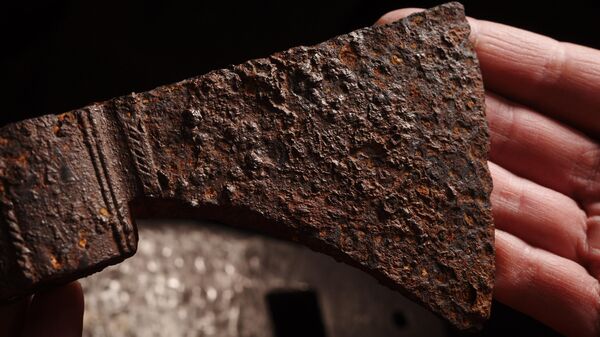
2 of 3
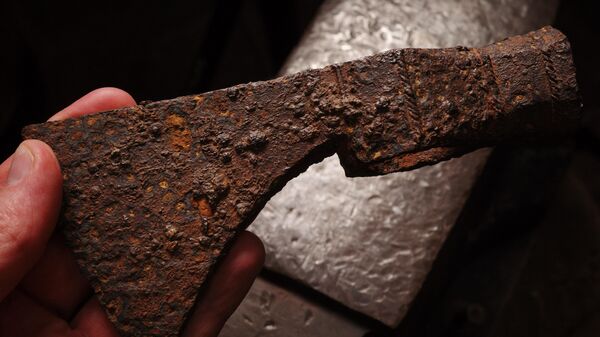
3 of 3
1 of 3
2 of 3
3 of 3
Rare weapons in the Platonovsky Park area Tula was found by the commander of the search detachment «Sturm» Evgeniy Stepanov during the expedition «Memory Watch. Tula Frontier.»
«The hatchet is an interesting find from the point of view of its functionality (mints are very rare). They complement the corpus of finds of weapons from this time,” commented the head of the Tula Archaeological Expedition, Evgeny Stolyarov.
The hammered hatchet will be restored, after which it will be presented in the new Kulikovo Field Museum, where it was transferred by archaeologists, museum staff reported. They dated the find to the second half of the 16th–17th centuries.


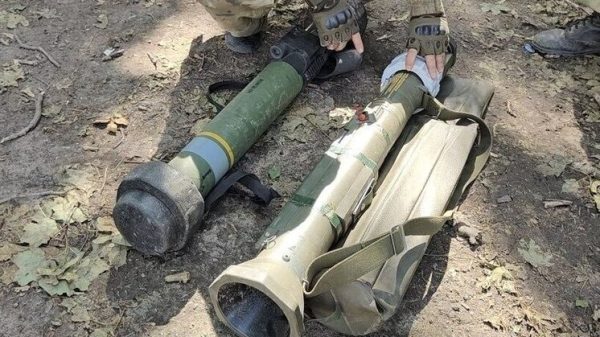

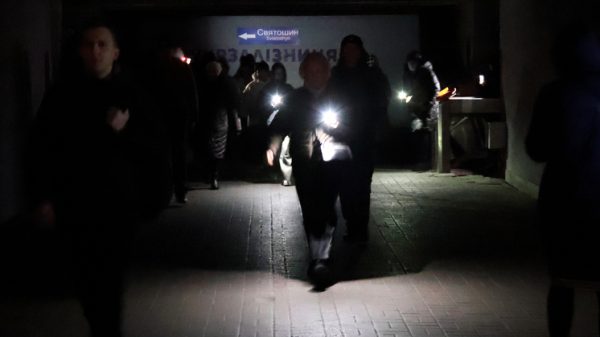



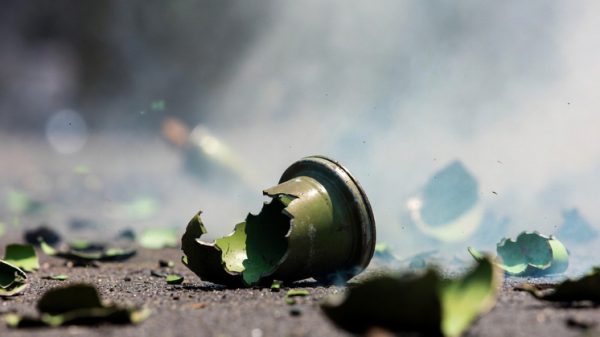


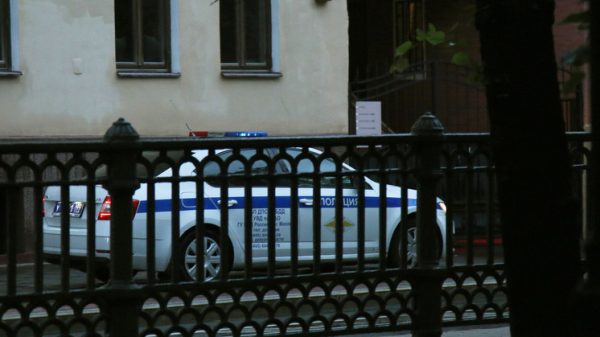














































Свежие комментарии